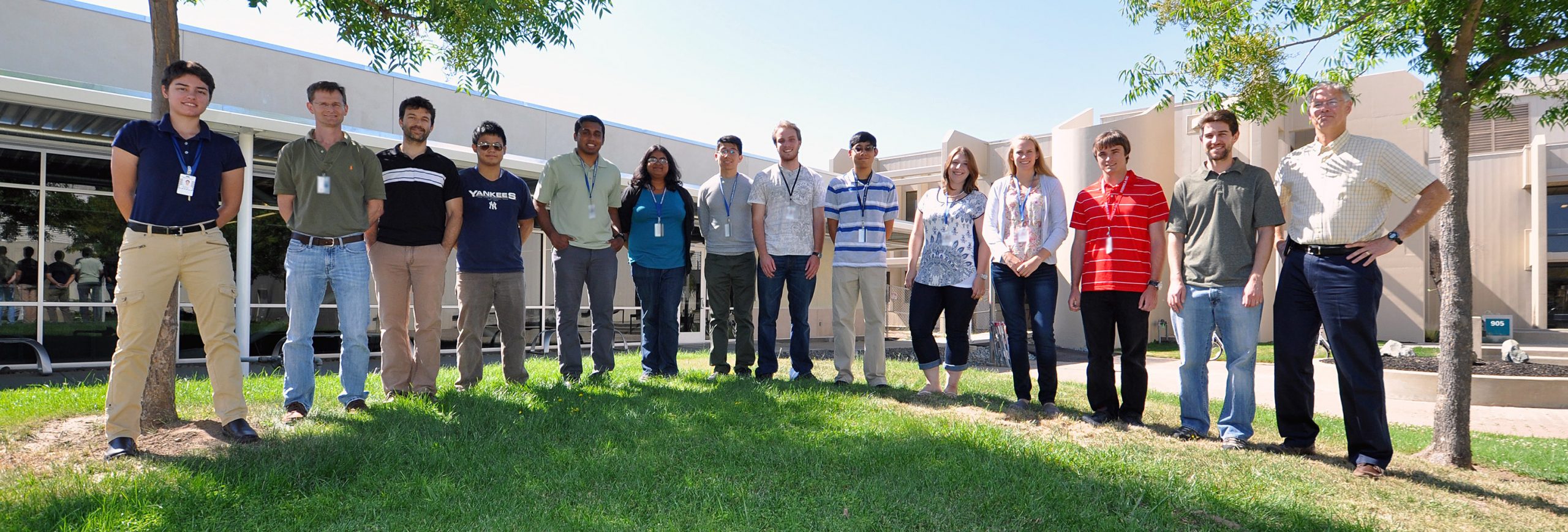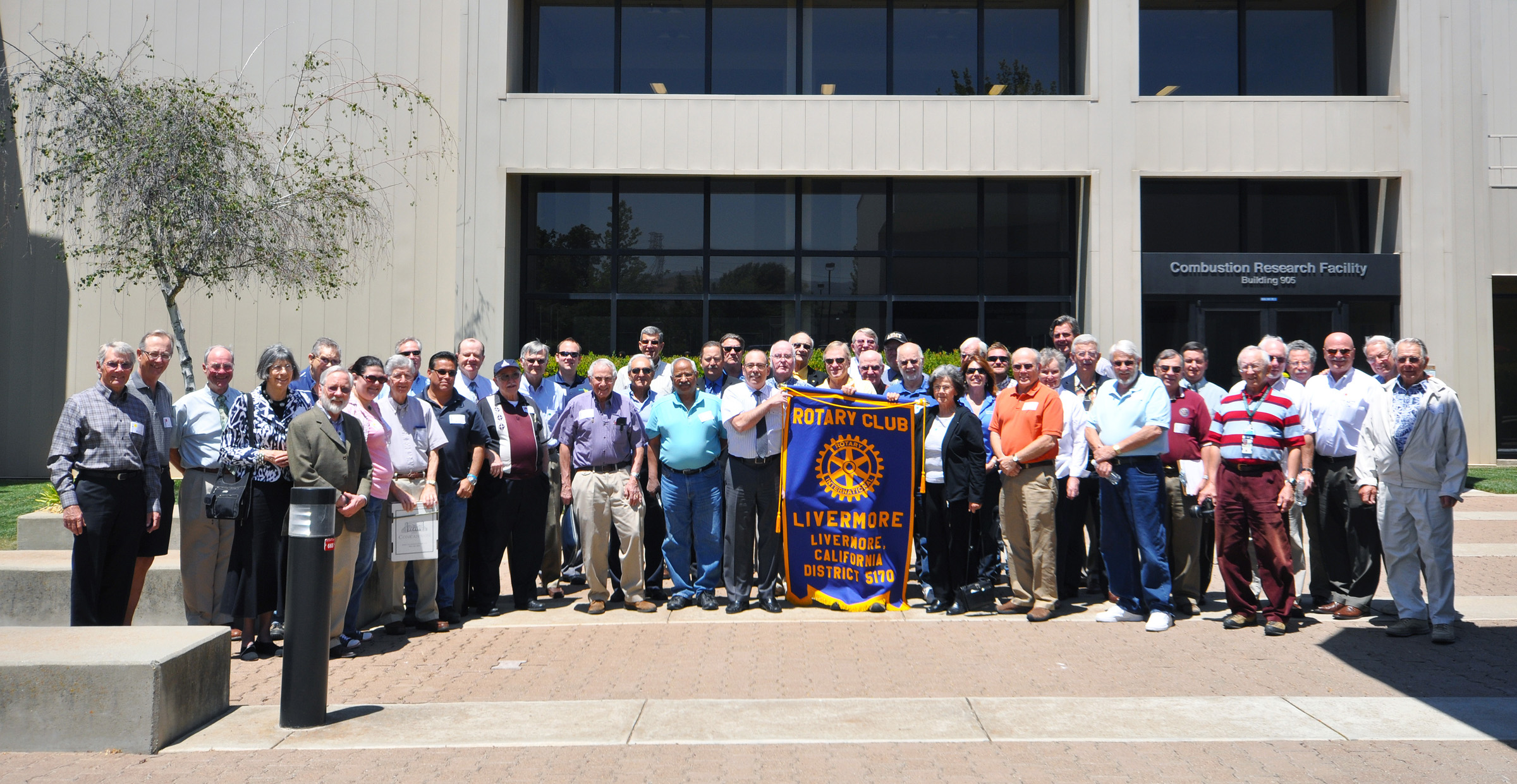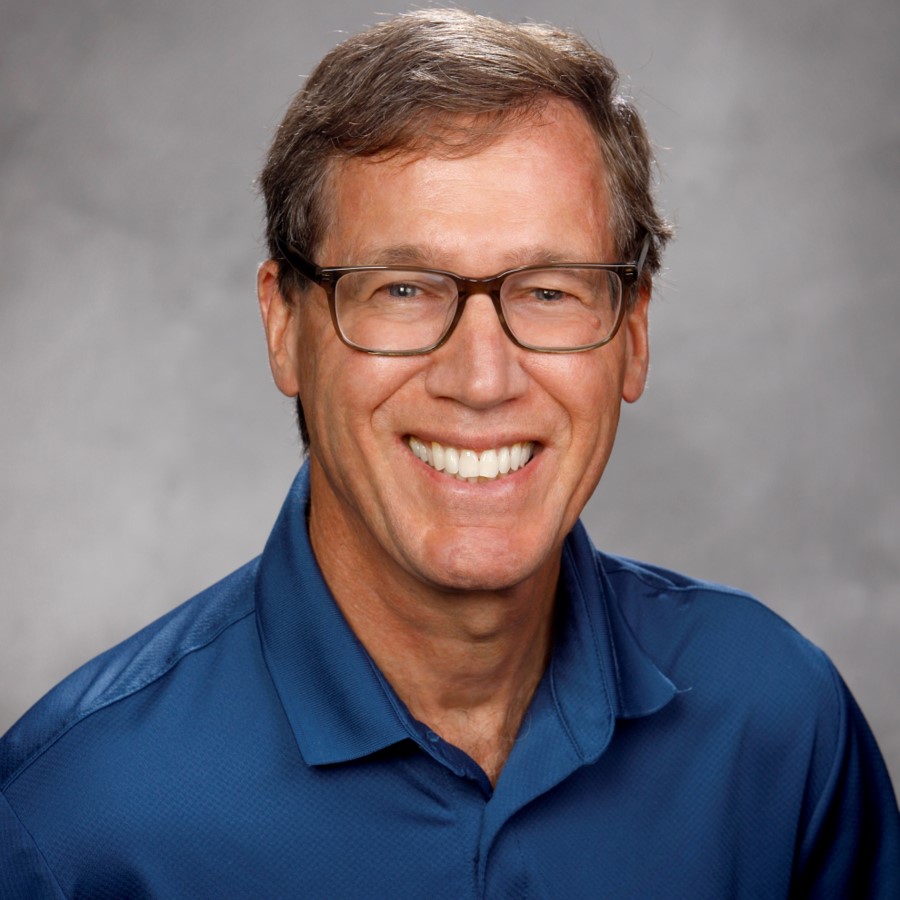Post, July 24, 2012 • This summer, the National Nuclear Security Administration (NNSA) announced the Pollution Prevention (P2) awards, given to national laboratories and sites for innovative efforts in environmental stewardship. Sandia/CA received recognition for two of our efforts that were conducted jointly with Lawrence Livermore National Laboratory (LLNL). The first award went to the...











